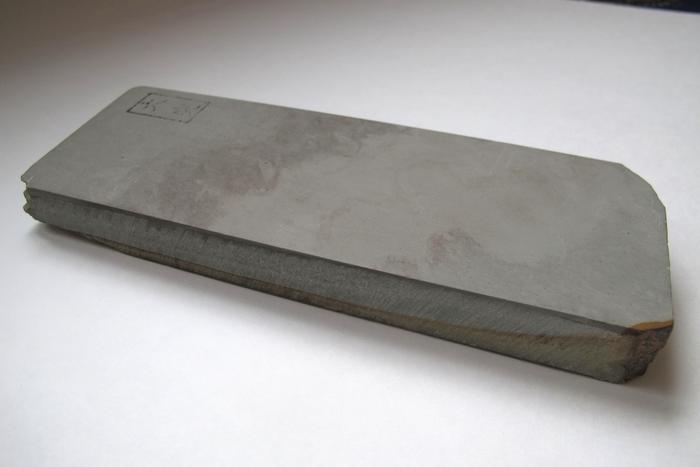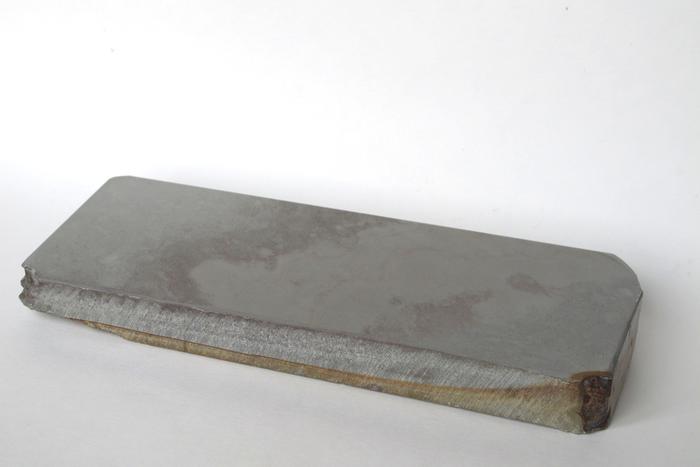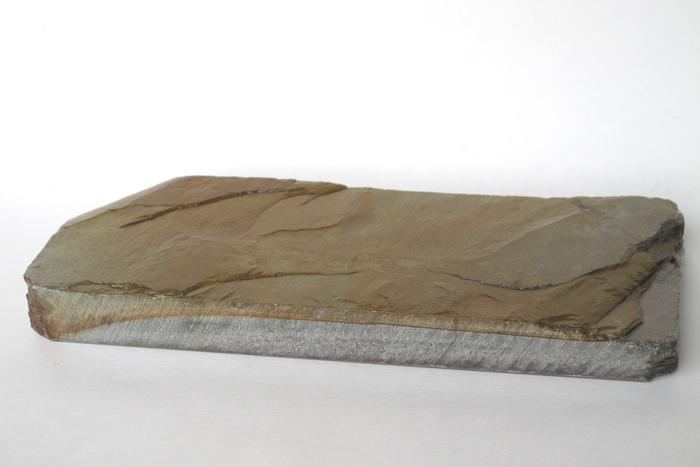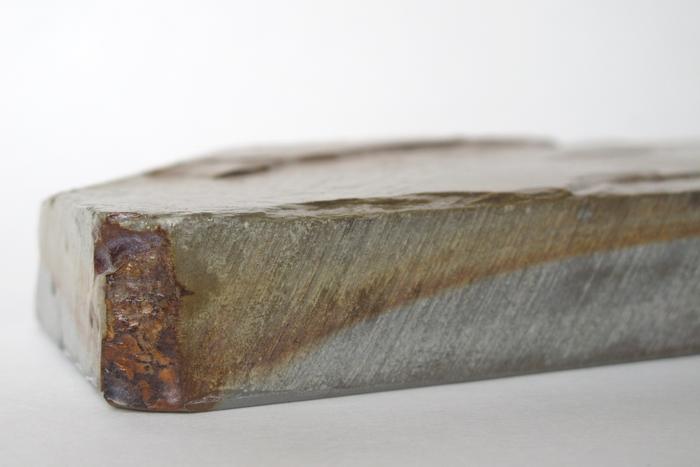Results 171 to 180 of 982
Thread: J-Nat club
-
02-26-2012, 05:52 PM #171

Maxim207...
Thank you for your input and opinions. Having been around for many years I don't get confused too easily or too often my friend. As a novice at best in regards to Japanese Naturals, my question was simply one of curiosity and deference to you and the other experts here on SRP. As you say, knowing what strata this stone comes from, or what name you might give it, will not change it's performance one iota. Regardless of what you call it, the stone works very well for it's intended purposes, and me knowing 'it's name or origin' will not change that fact or the excellent results that I receive through it's use.
My intention was certainly not to create a point of contention. This thread seemed like the natural forum in which to ask such a question, and I apologize if I was incorrect in assuming that it was an easily answerable question. Chalk it up to my ignorance in regards to what is or isn't a ridiculous topic for discussion.
Once again...thank you kindly for your valuable input. I appreciate all the valuable information here a bouts, and am thankful that I found this site to peruse daily.Lupus Cohors - Appellant Mors !
-
02-26-2012, 08:39 PM #172Senior Member

- Join Date
- Dec 2009
- Posts
- 217
Thanked: 35
Your question was a good one and no need to apologize for it. Sure it is true, that namito
BY ITSELF says very little, but the same is true for ''asagi'', ''tomae'', ''kiita'', ''kan'' etc...
none of these say anything about performance. There is soft asagi and very very hard asagi.
Kiita is usually not very hard, but some kiita's are very hard. So dismissing the strata as information
by saying it does not give any information is not true as it gives an indication. Namito stones
are usually hard stones, that's an indication, but you still need to ask the seller all the information
of the stone. Just buying stones based on the name makes little sense.
A good seller will tell you on what steel the stone will work, how fine it is(not just fine, very
fine IMO), how hard the stone is etc......
What I like about 330mate is that he gives rating about hardnes, finess, abrasive speed and
something more, but I see now he too just uses hardness rating.
-
The Following User Says Thank You to SharpMan For This Useful Post:
Wolfpack34 (02-26-2012)
-
02-26-2012, 11:19 PM #173

Thanks again SharpMan for some good information...
Since I bought this stone second hand as I mentioned, from someone else who may also have bought it second hand and knew little about the stone except that it had some Japanese symbols stamped on the end, I did end up visiting 330Mate (based on your observation). However, since the website is in Japanese I found it of little value to me... At least I know the stone came from Japan; it is a natural stone; it is very fine and hard; it works great and puts a very keen edge on a blade; and now that 'maybe it is from a strata called Namito', which is an indication of possible origin.
At least I know the stone came from Japan; it is a natural stone; it is very fine and hard; it works great and puts a very keen edge on a blade; and now that 'maybe it is from a strata called Namito', which is an indication of possible origin.
Thanks again for your forbearance...Lupus Cohors - Appellant Mors !
-
02-27-2012, 06:36 AM #174

Wolfpack34 no need for apologies at all your question is very common.
 It is answer that i think was wrong.
It is answer that i think was wrong.
I have seen some Tenjyou stones that was harder then Aisa or Namito and other way around, thats why i think it will be confusing for some to say that all Namito layer is harder then other layer ! To rait fines i aslo think is very unnecessary cose it is proved that all Jnats are same fines, only hardnes can vary
-
02-29-2012, 05:03 PM #175
 my new Ozuku
my new Ozuku
Here is my new JNAT. It's my first, and I am quite obsessed already. It's an Ozuku Asagi with Range, straight from Maxim earlier this week. I gave it a quick test run with my "test" razor on light slurry with the tomonagura and finished on water. I can tell I am entering a new world with this stone. Not that I have anything against my coticules; this is just a different animal altogether. Visually the edge when viewed under the loupe was much more polished than I have been able to achieve with my coticules. The edge was very comfortable and, although only marginally keener than what I have achieved with my coticule, I can tell this stone has a lot of unlocked potential. I can't wait to see what it yields with more than a cursory session.
I sealed the back and sides with polycrylic gloss, lapped it with my "chisel-mellowed" DMT 325 -> BBW -> tomonagura, and chamfered the sides.
Now it's ready for a real session.
Here are a few pics:
Before:

After:




-
02-29-2012, 10:39 PM #176
-
03-01-2012, 12:25 AM #177Senior Member

- Join Date
- Dec 2009
- Posts
- 217
Thanked: 35
Alex, not maxim, but I think Maxim means that the abrasive in jnats is the same size, but the hardness
determines how fine the end result is. Like with arkansas stones, the abrasive is the same
size for all of them, but the hardest arkansas stones give the best finish.
Sharpman
-
03-01-2012, 01:34 AM #178
-
03-01-2012, 03:48 AM #179
-
03-01-2012, 05:15 AM #180

I think that JimRs article have bin there for a long time i link it again

How's it Going? | Eastern Smooth: The Blog
According to a study done by Tokyo University in 1982, as quoted in "The Charm of Kyoto's Natural Hones," the main abrasive in Kyoto finishing hones are particles of Silica, ranging from 2-3 microns in size. 2-3. That's the size of the particles in a 4K to 6K artificial stone. ALL of the stones they measured fell between those marks, from a variety of mountains and strata.
-
The Following User Says Thank You to maxim207 For This Useful Post:
onimaru55 (03-01-2012)


 2050Likes
2050Likes LinkBack URL
LinkBack URL About LinkBacks
About LinkBacks








 Reply With Quote
Reply With Quote
